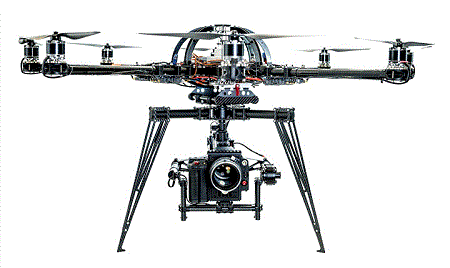IBM and the open-source AI platform Hugging Face have joined forces to make a groundbreaking geospatial foundation model available to the public. This model, called IBM’s watsonx.ai geospatial foundation, is built from NASA’s satellite data and is the largest of its kind on Hugging Face. It’s also the first-ever open-source AI foundation model developed in collaboration with NASA.
Climate science heavily relies on up-to-date data, but the changing environmental conditions pose challenges for researchers. Despite the increasing amount of data collected, analyzing these vast datasets remains difficult. To address this, IBM, under a Space Act Agreement with NASA, embarked on creating an AI foundation model for geospatial data. By making this model available on Hugging Face, a prominent open-source AI platform, efforts to democratize access and application of AI in climate and Earth science can move forward.
The collaboration between IBM and NASA resulted in a powerful model trained on Harmonized Landsat Sentinel-2 satellite data (HLS) across the United States. The model was fine-tuned for flood and burn scar mapping and demonstrated a 15 percent improvement over existing techniques, using only half the labeled data. With further fine-tuning, the model can be applied to tasks like tracking deforestation, predicting crop yields, and monitoring greenhouse gases. The model is also being adapted for other applications in partnership with Clark University.
This initiative aligns with NASA’s decade-long Open-Source Science Initiative, which aims to create a more inclusive and collaborative scientific community. NASA has declared 2023 a Year of Open Science to promote the sharing of data, information, and knowledge.
IBM’s geospatial foundation model is part of their larger effort to create versatile AI models that can be applied to various tasks and scenarios. They recently introduced watsonx, an AI and data platform enabling enterprises to leverage advanced AI with trusted data. A commercial version of the geospatial model will be available through the IBM Environmental Intelligence Suite (EIS) later this year. The hope is that open-sourcing this model will have a positive impact on understanding and addressing critical climate and environmental challenges.
- Press release







